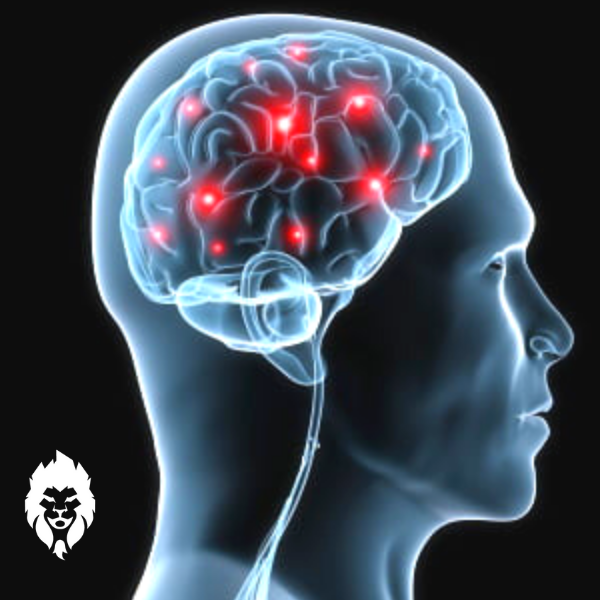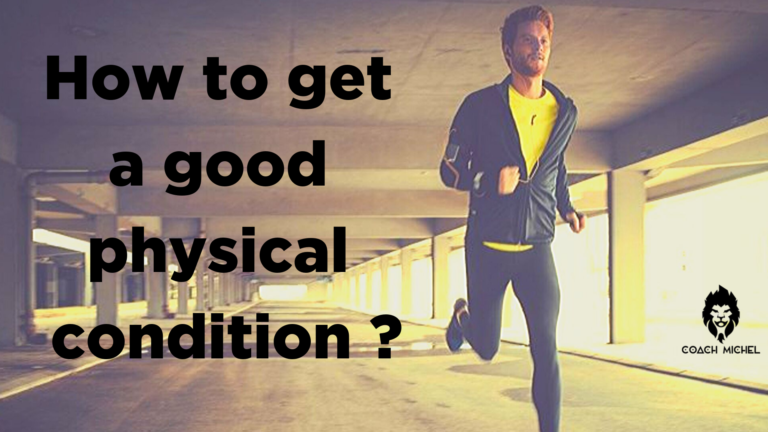The mind-muscle connection
The mind-muscle connection
The mind-muscle connection is not to be neglected. There seems to be a significant interest in addressing it.
What if, during an exercise, simply concentrating on the muscles involved could improve the quality of your workout?
This is what some practitioners have been thinking for many years now. But now there are studies to answer this question.
Low-intensity study.
Studies that have asked their candidates to focus on their movements, or on the muscles involved, during an exercise at less than 50% of their maximal strength or 1 repetition (1RM).
During the exercises, when there was concentration, without any change in the load or speed of execution, muscle recruitment was better.
In other words, simply by focusing their attention on the muscles they wanted to work, the candidates increased the number of activated muscle fibres. This is an important factor in the subsequent initiation of muscle growth.
And at a higher intensity ?
And if it works at a low current, can it also work at a higher current, such as with a higher load?
A study has been set up. Exercises were performed at various intensities at 20, 40, 50, 60 and 80% of the candidates’ 1 MR.
In addition, the candidates were subjected to 3 different instructions during a Chest press. The first was to push the bar normally.
The second was to focus on the muscles of the pectoralis major and the third was to focus on their triceps.)
And if it works at a low current, can it also work at a higher current, such as with a higher load?
A study has been set up. Exercises were performed at various intensities at 20, 40, 50, 60 and 80% of the candidates’ 1 MR.
In addition, the candidates were subjected to 3 different instructions during a Chest press. The first was to push the bar normally.
The second was to focus on the muscles of the pectoralis major and the third was to focus on their triceps.)
The limits of the mind-muscle relationship.
The study notes that at 80% of MRI, the difference in activation between the muscles was not significant. That is, there appears to be a threshold of intensity at which focusing on a particular muscle does not add up.
For example, at a certain workload, it might be difficult to really focus on one muscle or another because the mind would be taken over by the action of lifting the bar.
The result of the study could also be explained by the disparity in the level of practitioners who served as guinea pigs. Indeed, in another study conducted on American Division 3 footballers, the results were indeed significant at 80% of the participants’ 1RM.
To put it simply, it is possible that concentration is more effective when the practitioner has a better level.
The limits of the mind-muscle relationship.
These studies show that, whatever the level of the practitioner, concentration on movement and muscles is favourable to a better muscular development.
Concentrating solely on the load to be lifted is not as effective as visualising the muscles being lifted.
Every practitioner should therefore learn to focus better during an exercise in which he already has a good command of the movement.
Obviously, this will work better for an experienced practitioner who already has good control of his muscle contractions and has a good experience in the exercises performed.
These studies also suggest that intense concentration on the muscles involved in a rehabilitation exercise could improve results.
Even back then..
At the time, Arnold was already talking about developing a better mind-muscle connection. When he trained, he visualized his muscles to improve his sensations and results.
He even went further by visualizing his next reps during breaks and visualizing the physique he was trying to achieve. Then, he imagined himself with that physique.
He could, for example, visualize his biceps as mountains of muscles and then imagine himself lifting weights with those huge biceps. A kind of positive reinforcement, no doubt comparable to the Coué method.







